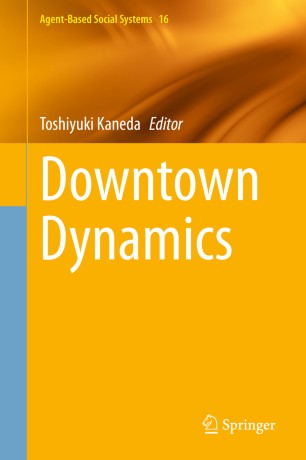

Most ebook files are in PDF format, so you can easily read them using various software such as Foxit Reader or directly on the Google Chrome browser.
Some ebook files are released by publishers in other formats such as .awz, .mobi, .epub, .fb2, etc. You may need to install specific software to read these formats on mobile/PC, such as Calibre.
Please read the tutorial at this link: https://ebookbell.com/faq
We offer FREE conversion to the popular formats you request; however, this may take some time. Therefore, right after payment, please email us, and we will try to provide the service as quickly as possible.
For some exceptional file formats or broken links (if any), please refrain from opening any disputes. Instead, email us first, and we will try to assist within a maximum of 6 hours.
EbookBell Team

4.3
18 reviewsIn urban analytics, ‘crowding’ implies the spatiotemporal distributional unevenness of people’s stays and flows in middle-scale urban spaces, and has since become an emerging keyword, attracting not only practical interests but also research interests, especially in the current IoT devised downtown.
This book presents a collection of papers on a series of exploratory studies on the rise and fall of downtowns (Downtown Dynamics), which the author’s group has been working on with the aim of constructing an artificial society that contributes to the planning and management of crowds by developing Agent-Based Social Simulation (ABSS). In particular, the book includes (1) an analysis of 20 years’ worth of survey data on visitors’ shopping-around behavior for Osu district in Nagoya city, as a representative Japanese downtown, (2) correlation analyses of spatial distributions between Visibility Graph Analysis (VGA) as a “visibility index” and crowding in middle scale urban spaces, (3) agent modeling of visitors’ shopping-around behavior and construction of the Downtown Dynamics Model as an artificial society, and (4) modeling of the vision-driven agent as a “crowd generator” and its applicability to spatial design and sign layout in urban spaces.The book also includes a novel research program derived from complexity system science that provides new approaches to Agent-Based Modeling (ABM), social simulation, regional sciences, geo-informatics, and urban planning studies for researchers and graduate students, as well as planning scientists and practitioners such as town managers and planners who are concerned with downtown revitalization.